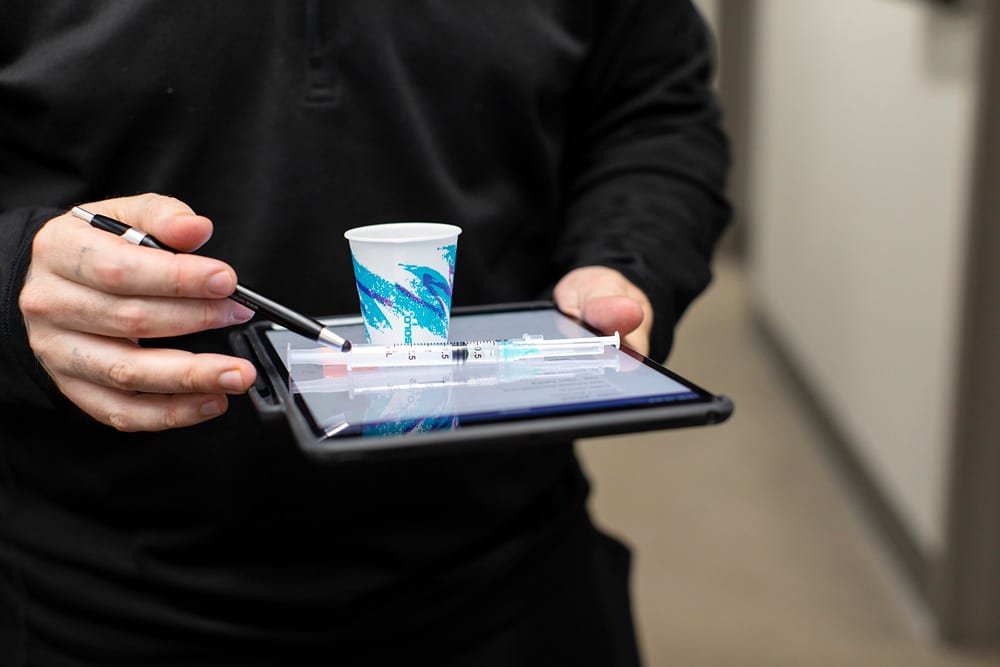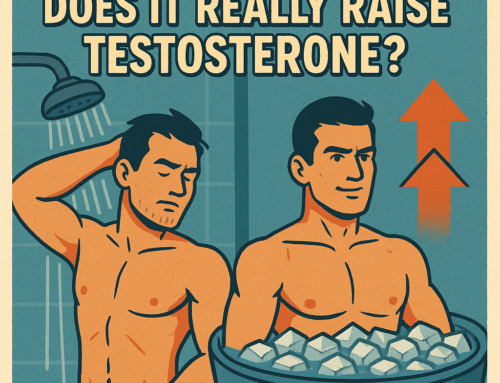Let’s talk about what to do now that you know your testosterone levels are low. What can you do? There is a multitude of options that exist out there to try and improve testosterone levels. Not all are created equal and not all options are right for everyone. It is about finding the therapy that best suits you and your needs but more importantly makes you feel better feel like you again.
Over the counter medications, these are the medications you hear about on infomercials and in your health and nutrition stores. Do they work? Well maybe, that depends on your symptoms and what your lab value for testosterone is, generally though not great. Most of these OTC forms have DHEA and B vitamins in them. DHEA is a precursor to testosterone that can help raise testosterone levels some but typically not several hundred points if that is what you need. B vitamins have many different roles, B12 is common in energy drinks and supplements for its role in improving energy levels. Hence, why it is found in many of the over the counter versions. Just remember that more is not always better across the board!
To be clear testosterone is a controlled substance, so to truly increase and improve your testosterone deficiency, you will need a trained and knowledgeable medical provider. The oldest formulation of testosterone is injection. It is relatively easy to administer and achieve adequate levels in nearly everyone. Injectable testosterone also allows for easy dosing changes and adjustments. Due to the half-life of injectable testosterone, it is best administered on a weekly basis for consistent blood levels of testosterone. Now the caveat, there are some newer formulations that allow for a single injection every three months. These are just gaining popularity in the United States, but caution it is a larger dose of testosterone at once. Another common form of testosterone is topical. There are a variety of forms of topical testosterone including gels, patches, and creams. They require daily use, can cause skin irritation and can transfer to partner (which means you are losing the testosterone you need to someone else) are concerns with this route of administration. It can also be more difficult to achieve desired blood levels due to factors that can affect skin absorption. Pellet administration of testosterone is also increasing in popularity. In this delivery system of testosterone, several “pellets” of testosterone are inserted into the body through a small incision in the skin. They are meant to last anywhere from 2-5 months at a time and the number of pellets inserted depends on the required dosing. The downfall with pellet use is that one loses the ability for quick and easy dosing changes if testosterone levels are too low OR too high.
To answer a common question…what about an oral form of testosterone? Can’t I just take a pill? The answer is NO! Yes, there are oral forms of testosterone that exist called methyltestosterone and fluoxymesterone. However, they can cause significant liver toxicity and damage and are NOT recommended.






